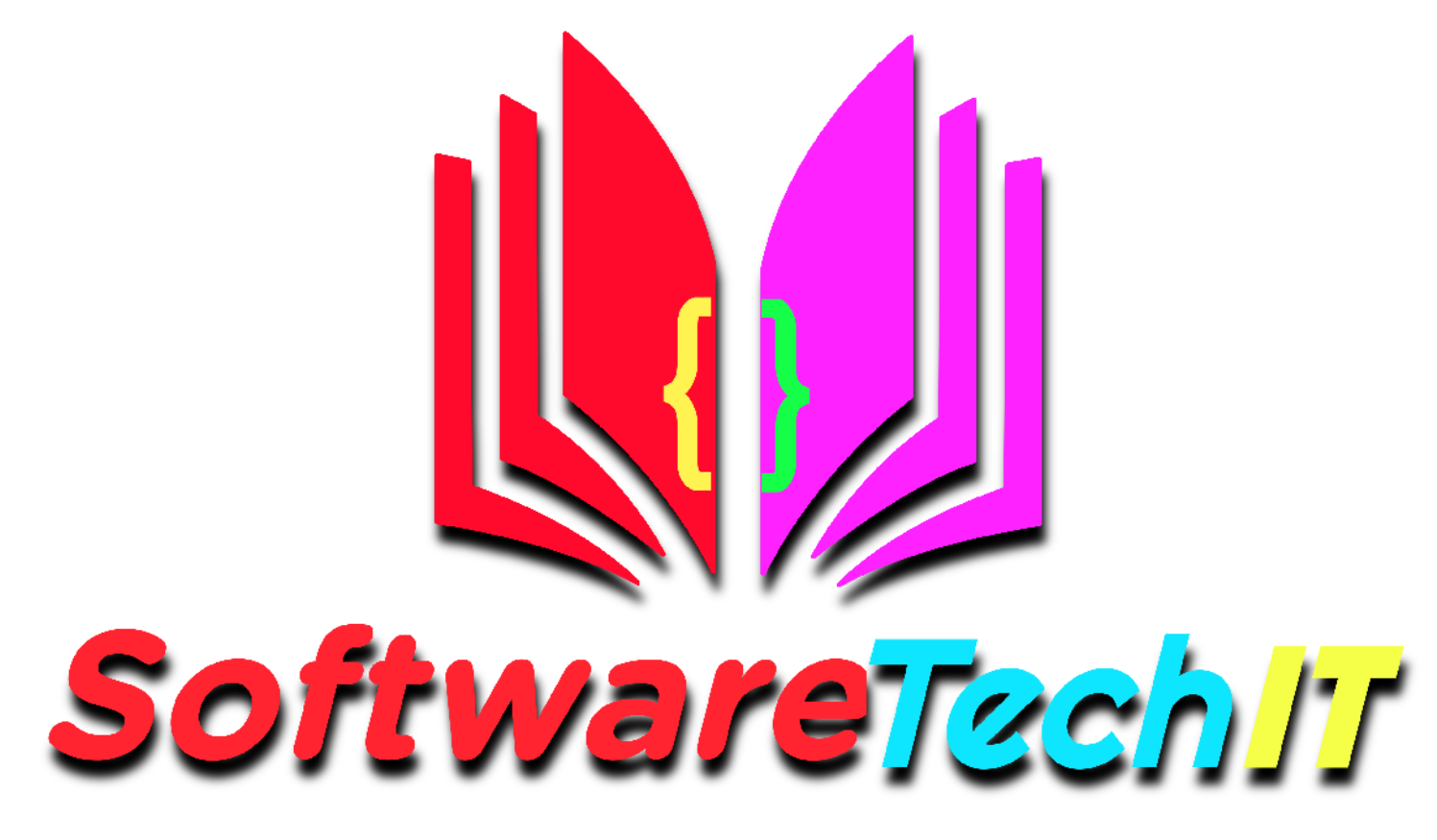Top Questions on Android
1) Android is licensed under which open source licensing license?
2) Although most people's first thought when they think of Android is Google, Android is not actually owned by Google. Who owns the Android platform?
3) As an Android programmer, what version of Android should you use as your minimum development target?
4) What was Google's main business motivation for supporting Android?
5) What was the first phone released that ran the Android OS?
6) From a phone manufacturer's point of view, what makes Android so great?
7) What is a funny fact about the start of Android?
8) What year was the Open Handset Alliance announced?
9) A device with Android installed is needed to develop apps for Android.
10) Android tries hard to _________ low-level components, such as the software stack, with interfaces so that vendor-specific code can be managed easily.
11) Google licensed some proprietary apps.
12) What part of the Android platform is open source?
13) When did Google purchase Android?
14) Android releases since 1.5 have been given nicknames derived how?
15) Which one is not a nickname of a version of Android?
16) Android doesn't make any assumptions about a device's screen size, resolution, or chipset.:
17) Why are the so few users left with versions 1.0 and 1.1?
18) Which Android version had the greatest share of the market as of January 2011?
19) Which piece of code used in Android is not open source?
20) Android is built upon the Java Micro Edition (J2ME) version of Java.
21) Which among these are NOT a part of Android's native libraries?
22) Android is based on Linux for the following reason.
23) What operating system is used as the base of the Android stack?
24) What year was development on the Dalvik virtual machine started?
25) What is a key difference with the distribution of apps for Android based devices than other mobile device platform applications?
26) When developing for the Android OS, Java byte code is compiled into what?
27) What does the .apk extension stand for?
28) When you distribute your application commercially,you'll want to sign it with your own key.
29) How does Google check for malicious software in the Android Market?
30) Which of these are not one of the three main components of the APK?
31) What is the name of the program that converts Java byte code into Dalvik byte code?
32) What was the main reason for replacing the Java VM with the Dalvik VM when the project began?
33) Android Applications must be signed.
34) Which of the following are not a component of an APK file?
35) The AWT and Swing libraries have been removed from the Android library set.
36) The R.java file is where you edit the resources for your project.
37) What is contained within the manifest xml file?
38) What is contained within the Layout xml file?
39) The emulated device for android.
40) Your Java source code is what is directly run on the Android device.
41) The Emulator is identical to running a real phone EXCEPT when emulating/simulating what?
42) How is a simulator different from an emulator?
43) The R file is a(an) generated file
44) An activity can be thought of as corresponding to what?
45) To create an emulator, you need an AVD. What does it stand for?
46) The Android SDK ships with an emulator.
47) The ___________ file specifies the layout of your screen.
48) The manifest explains what the application consists of and glues everything together.
49) The Android Software Development Kit (SDK) is all you need to develop applications for Android.
50) What is the driving force behind an Android application and that ultimately gets converted into a Dalvik executable?
51) While developing Android applications, developers can test their apps on...
52) What file is responsible for glueing everthing together , explaining what the application consists of, what its main building blocks are, ext...?
53) The XML file that contains all the text that your application uses.
54) Which of the following is the most "resource hungry" part of dealing with Activities on Android
55) What runs in the background and doesn't have any UI components?
56) What is an Activity?
57) When an activity doesn't exist in memory it is in.
58) Which of the following is NOT a state in the lifecycle of a service?
59) There is no guarantee that an activity will be stopped prior to being destroyed.
60) In an explicit intent, the sender specifies the type of receiver.



















0 Comments